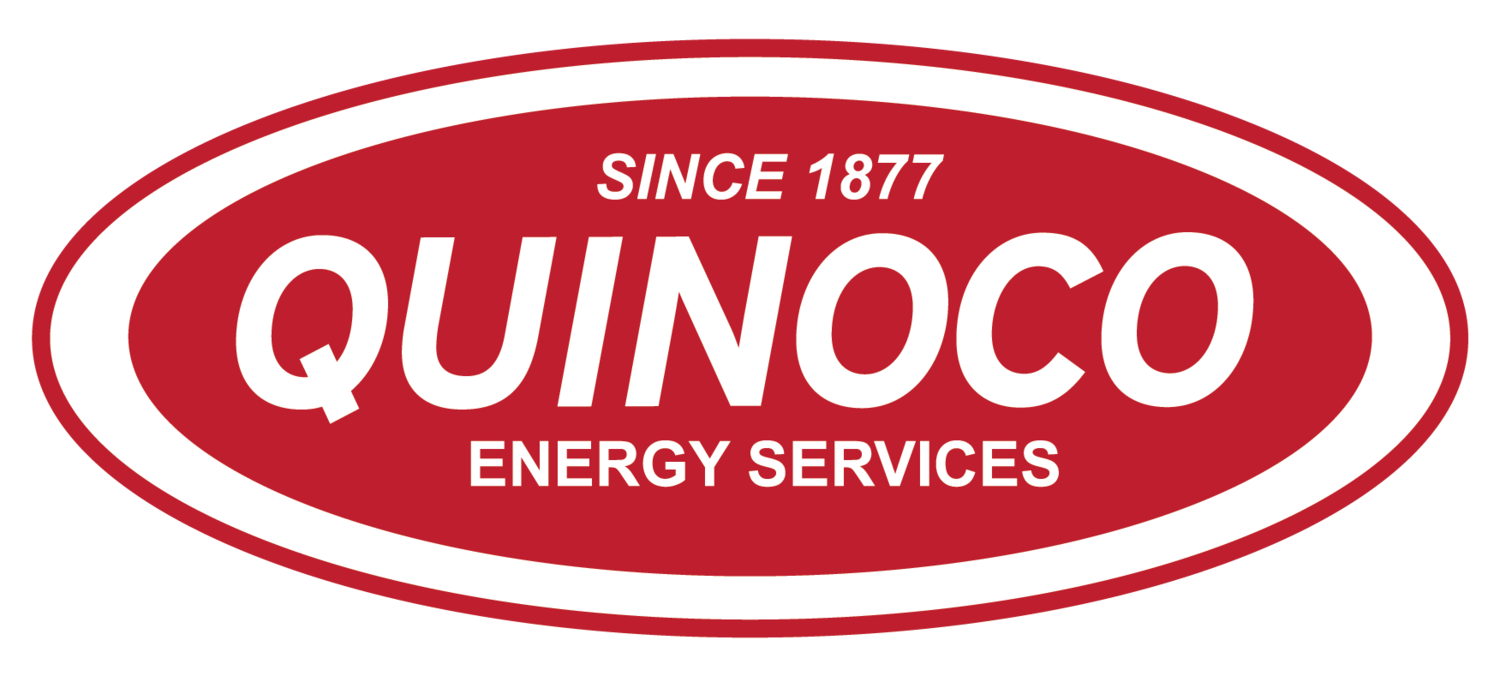The Bioheat Difference
There’s something wondrous happening in our industry – thanks to an increased focus on the environment, changing perspectives lead to technological advances and industry innovations for the fuels used to heat our homes – oil, propane, and natural gas. Perhaps the biggest advancement can be found in home heating oil’s transition to Bioheat. This renewable energy source combines low-sulfur home heating oil with biodiesel made from surplus or byproducts of feedstocks, such as used cooking oil, inedible corn oil, and more.
But how exactly does using SmartBiofuel translate to the environment?
1. It Reduces Greenhouse Gas Emissions
Lower Carbon Footprint: Bioheat blends with higher percentages of biodiesel (for example, B20, which is 20% biodiesel and 80% heating oil) leave a smaller carbon footprint since they are derived from renewable sources.
Carbon Dioxide (CO2) Reduction: Did you know the biodiesel used in the Bioheat blends is considered carbon-neutral? The CO2 emitted when burning the biodiesel is offset by the CO2 absorbed by the plants used to produce it. And, by reducing the use of fossil fuels, Bioheat contributes to a longer-term reduction in atmospheric CO2 levels.
2. It Uses Renewable Resources
Biodiesel uses fuels from agricultural byproducts and other renewable sources, such as soybean oil, inedible corn oil, animal fats, used cooking oil, and canola oil.
3. It Decreases Air Pollution
Bioheat produces fewer microscopic particles and lowers sulfur emissions when compared to conventional heating oil, leading to improved air quality and a reduction in respiratory issues related to air pollution.
4. It Improves Energy Efficiency
Using Bioheat for your home heating system, along with investing in new high-efficiency equipment, can help reduce the overall energy demand and associated emissions.






